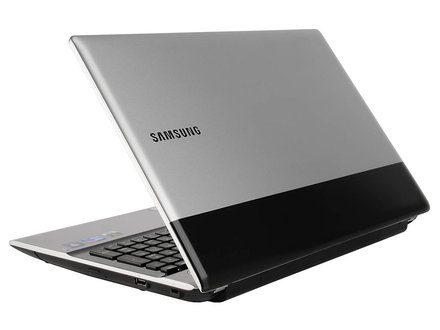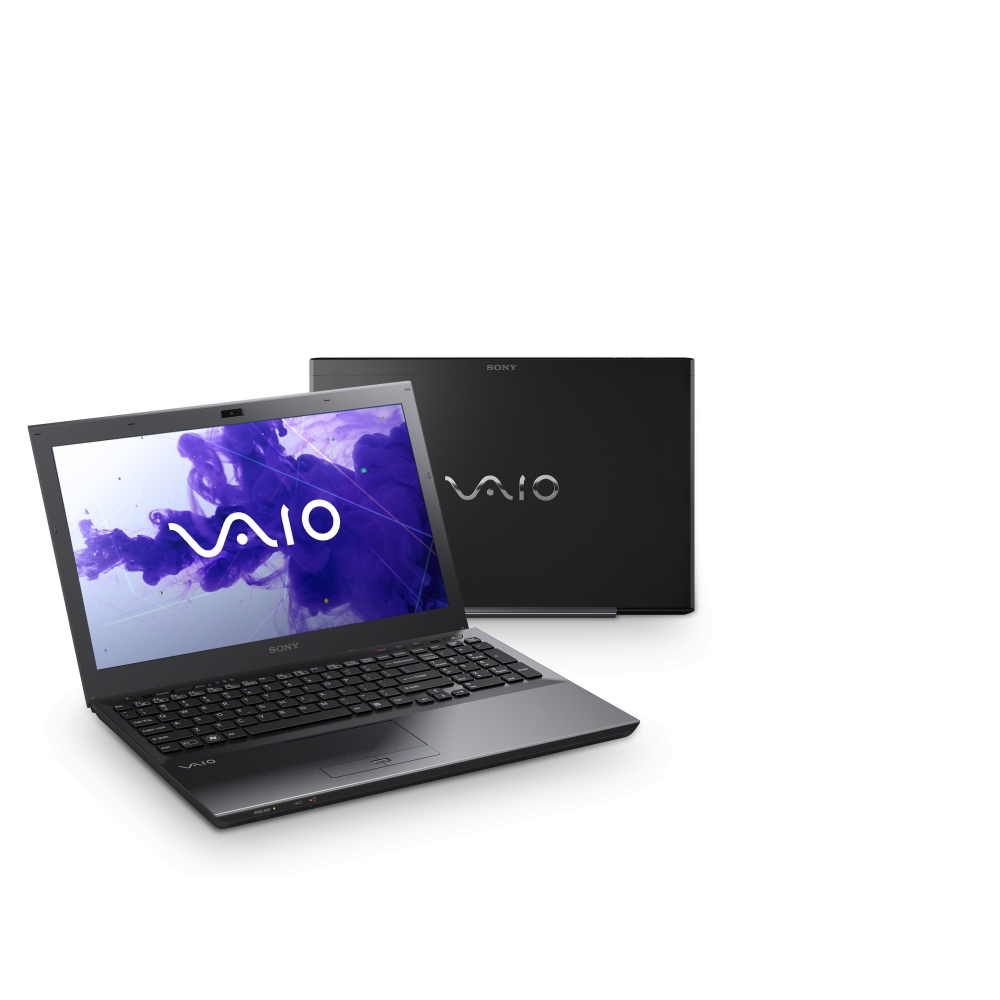Download the latest version of MacBook Pro Software Update for Mac - For 2011 MacBook Pros. Read 16 user reviews of MacBook Pro Software Update on MacUpdate. If your MacBook doesn't find a new update, a message will appear that says, 'Your Mac is up to date.' If it does find a new update, select Update Now to begin the update process. Depending on the size of the update, this can take a few minutes or up to an hour. The early 2011 MacBook Pro has an update for Boot Camp that can be installed while running Windows. The update brings it to version 3.2 and solves a problem with 'issues with shutdown' and fixes with 'Japanese and Korean keyboards.' This Boot Camp Update is only for the early 2011 MacBook Pros.
- How To Update Macbook Pro 2011 To 2018 Spec
- How To Software Update Macbook Pro 2011
- How To Update My Macbook Pro 2011
- How To Update Macbook Pro 2011
- How To Update Macbook Pro 2011 Ios
If you have an Apple MacBook Pro that could use a little extra kick in the pants, you can upgrade your memory, which some people still call RAM. More memory will let your applications run without needing to access storage for additional information quite so often. If you like to run a lot of open applications at the same time — switching back and forth between them — more memory can help your Mac feel snappier.
The question, though, is how much memory do you really need on a MacBook Pro? Or on a Mac mini or on an iMac? While more is almost always better, some people simply won't use it. It's the difference between knowing when to buy a dump truck and when to buy a pickup truck.
For most people, 4GB is the absolute least amount of memory you want to be using in 2014 on a relatively new Mac, and 8GB is much better. While Apple has made strides in memory management on Macs, 8GB will give you the general-purpose breathing room you want. Plus, when you upgrade your Mac with a super-fast SSD flash-based drive, your Mac will feel like a whole new machine.

How Much Memory Is Enough for a Mac?
While I believe that most people will get by with 8GB of memory on 13-inch and 15-inch MacBook Pros, MacBook Pros dating back to 2011 will actually support up to 16GB of memory. Note: Old Apple online documentation says they will only support up to 8GB, but third-party memory manufacturers have been able to create two 8GB memory modules that pair up to make 16GB of memory that function at full capacity.
So, should you get 16GB for your MacBook Pro, Mac mini, or iMac? If you're starting to work a lot with video editing, playing a lot of games, or you do a lot of complicated work with many apps and windows open on your Mac, by all means, max it out with 16GB of memory.
If you just want a snappier experience to get you through another year or two before you buy a new MacBook, then bump yourself up to 8GB. Don't overthink this decision: If you're not a power user, 8GB should work great.
Crucial offers versatile 8GB and 16GB kits for MacBook Pro, iMac, and Mac mini.
Of course, I have to say, the biggest and best upgrade I've ever made was upgrading my standard hard drive with a new solid-state drive (SSD). You'll wake from sleep quickly, boot up much faster, and apps will open with just one bounce on the dock. If you're going to crack your Mac case, consider doing both upgrades. I heartily recommend 8GB of memory paired with a new SSD drive. See also, 7 Steps: How to Upgrade Your MacBook Pro With an SSD.
Step 1: Identify Your Mac

How Much Memory Is Enough for a Mac?
While I believe that most people will get by with 8GB of memory on 13-inch and 15-inch MacBook Pros, MacBook Pros dating back to 2011 will actually support up to 16GB of memory. Note: Old Apple online documentation says they will only support up to 8GB, but third-party memory manufacturers have been able to create two 8GB memory modules that pair up to make 16GB of memory that function at full capacity.
So, should you get 16GB for your MacBook Pro, Mac mini, or iMac? If you're starting to work a lot with video editing, playing a lot of games, or you do a lot of complicated work with many apps and windows open on your Mac, by all means, max it out with 16GB of memory.
If you just want a snappier experience to get you through another year or two before you buy a new MacBook, then bump yourself up to 8GB. Don't overthink this decision: If you're not a power user, 8GB should work great.
Crucial offers versatile 8GB and 16GB kits for MacBook Pro, iMac, and Mac mini.
Of course, I have to say, the biggest and best upgrade I've ever made was upgrading my standard hard drive with a new solid-state drive (SSD). You'll wake from sleep quickly, boot up much faster, and apps will open with just one bounce on the dock. If you're going to crack your Mac case, consider doing both upgrades. I heartily recommend 8GB of memory paired with a new SSD drive. See also, 7 Steps: How to Upgrade Your MacBook Pro With an SSD.
Step 1: Identify Your Mac
You need to know your generation of MacBook Pro, which is usually the year it was introduced. Apple has a special page for helping you identify your MacBook Pro model. You'll end up learning that your Mac is something like, 'MacBook Pro (15-inch, Late 2011).' Use this information to make sure you're getting the right memory modules.
Step 2: Find and Buy the Right Memory Module
How To Update Macbook Pro 2011 To 2018 Spec
Basically, MacBook Pros first delivered in 2012 in both 13 and 15-inch configurations can take up to 16GB of 1600MHz DDR3 memory. The 2011 MacBook Pros will take up to 16GB of 1333 MHz DDR3 memory. The 2008-2010 MacBook Pros can take up to 8GB of 1066 MHz DDR3 memory. And 2006-2010 MacBooks can handle from 2GB to 16GB of different types of memory depending on the models.
My recommendation is to simply buy Crucial or OWC memory. Both have good reputations and customer support.
OWC offers a wide range of easy-to-find memory modules for most every Mac.
Crucial has an online Crucial Advisor tool to help you find the right specs, but its latest 16GB kit is the most versatile and seems to work well — it runs at the faster 1600MHz speed but also runs at 1.5 or 1.35 volts (2011 MacBook Pros, for instance, use 1.35 volts while the 2012s use 1.5). Plus, the Crucial kits have nearly a 1,000 reviewers on Amazon that have said what type of Mac they put it in — confirming that it works. Owners of 2011 MacBook Pros, iMacs, and Mac minis have raved about it. Oh, and Amazon typically offers better pricing than going direct from Crucial, along with free shipping.
How To Software Update Macbook Pro 2011
OWC produces its own line of Mac upgrades for both memory and SSDs, and they have a great reputation. The OWC website is usually a little easier to figure out, but the pricing can be slightly higher than Amazon. The benefit is that you buy direct from OWC and the company lives and breathes with a Mac focus.
Oh, and don't forget to buy a toolkit — for instance, you'll need a tiny Phillips #00 screwdriver to open up your MacBook Pro.
Step 3: Find an Online Walkthrough Guide or Video
Apple has some simple memory installation guides, but I prefer the color photo closeups offered by Crucial on its Crucial Memory for Mac Systems support page. OWC has massive library of installation videos — totally worth checking out if you have any fear over the process. Prep yourself by walking through one of these guides before you open up your Mac.
Step 4: Install Your Mac Memory
How To Update My Macbook Pro 2011
Find a quiet spot and 30 minutes of time. Install your Mac memory. Boot up. Enjoy your new Mac. And seriously consider upgrading to an SSD drive, too.
How To Update Macbook Pro 2011
Get the Memory You Need:
How To Update Macbook Pro 2011 Ios
- iFixit 26 Bit Driver Kit [also handy for SSD upgrades]
